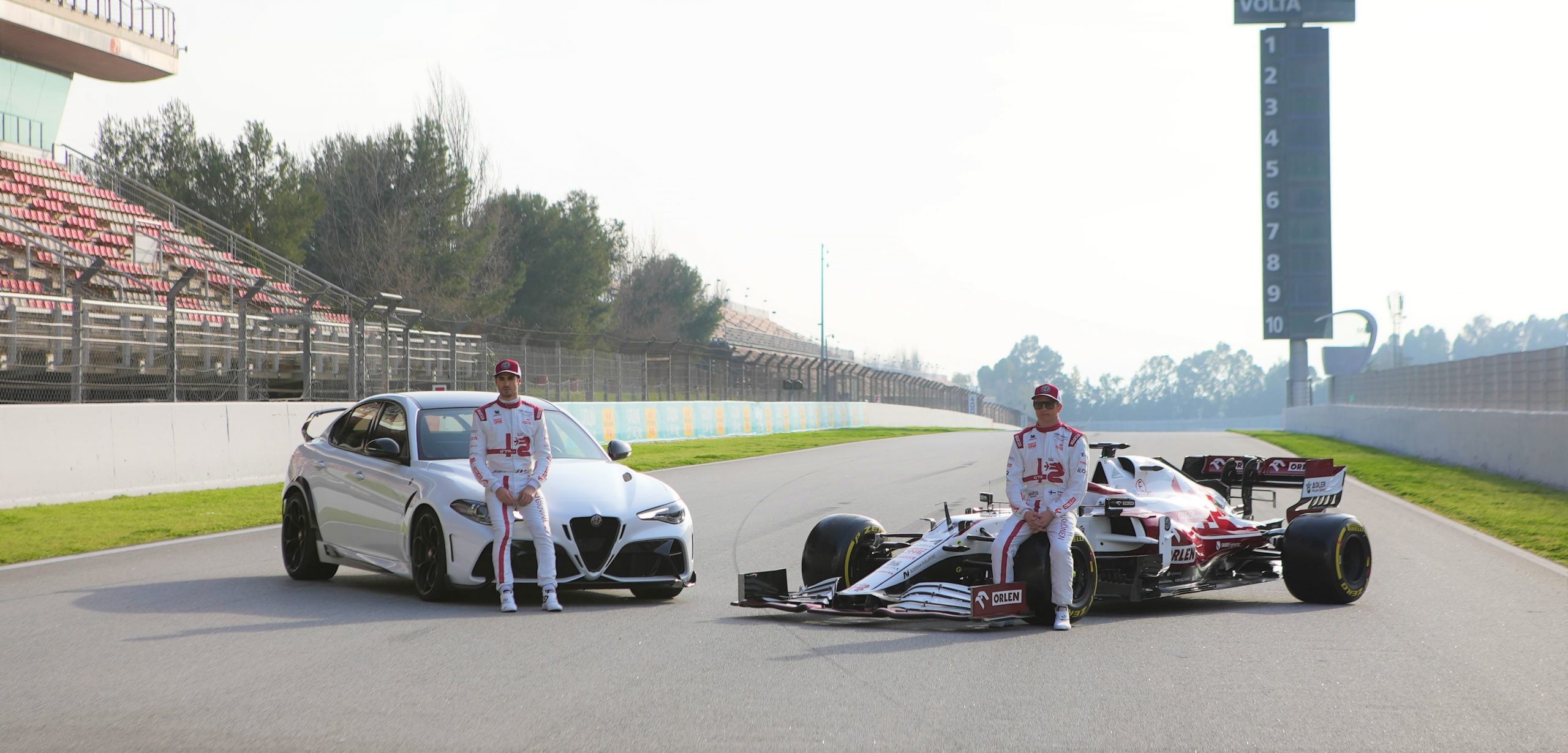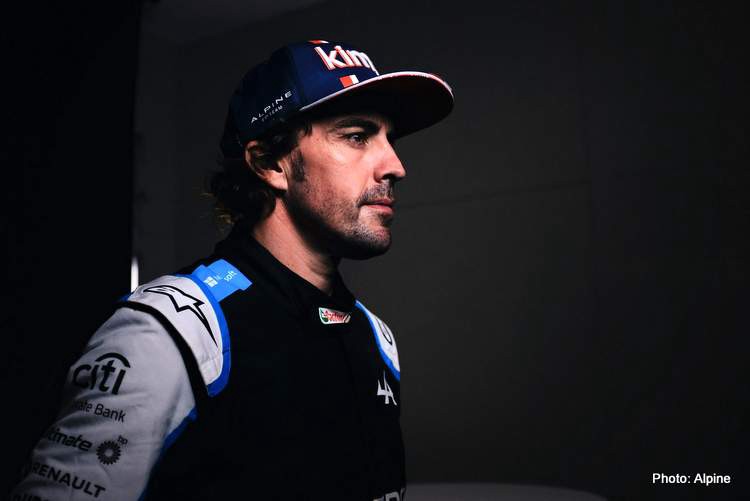The world of motorsport is constantly evolving, with new technologies and innovations pushing the boundaries of what is possible on the racetrack. Two series at the forefront of this evolution are Formula E and Formula 1. Both categories have seen significant growth in recent years, attracting new fans and sponsors from around the world. But what’s next for these two popular racing series?
Let’s start with Formula E, the all-electric racing championship that has been gaining momentum since its inception in 2014. With a focus on sustainability and cutting-edge technology, Formula E has proved to be a hit with fans who are looking for a more environmentally-friendly alternative to traditional racing. The series has attracted top manufacturers such as Mercedes, Porsche, and Audi, who see it as a way to showcase their electric vehicle technology on a global stage.
Looking ahead, Formula E has ambitious plans to continue growing its fan base and solidifying its position as a leading motorsport series. One key focus is expanding into new markets, with races scheduled in cities like Seoul, Jakarta, and Vancouver in the coming seasons. The series also aims to introduce new technologies, such as faster-charging batteries and more powerful cars, to keep pushing the limits of electric racing.
On the other hand, Formula 1, the pinnacle of motorsport, is also looking towards the future with a focus on sustainability and innovation. The introduction of hybrid power units in 2014 was a major step towards reducing the sport’s carbon footprint, and F1 has set ambitious goals to become carbon neutral by 2030. The series has also made efforts to attract new fans by introducing initiatives like the Netflix documentary series “Drive to Survive,” which has brought a behind-the-scenes look at the sport to a wider audience.
Looking ahead, Formula 1 is set to introduce major rule changes in 2022, aimed at making the racing closer and more exciting for fans. These changes include new technical regulations to reduce aerodynamic disturbances and allow cars to follow each other more closely, leading to more overtaking opportunities. The series also aims to introduce a budget cap to level the playing field between teams and promote competition.
In conclusion, both Formula E and Formula 1 are at a pivotal moment in their histories, with exciting developments on the horizon. Fans can look forward to more sustainable and competitive racing in the years to come, as both series continue to push the boundaries of what is possible in motorsport. It’s an exciting time to be a racing fan, and the future looks bright for both Formula E and Formula 1.



